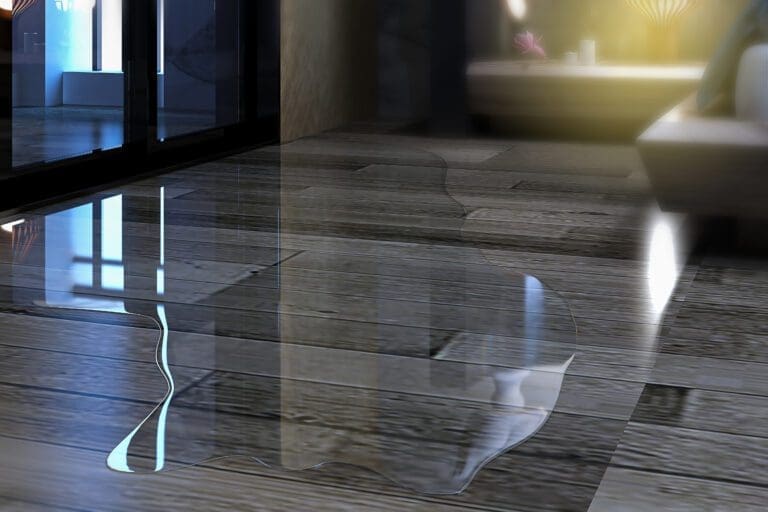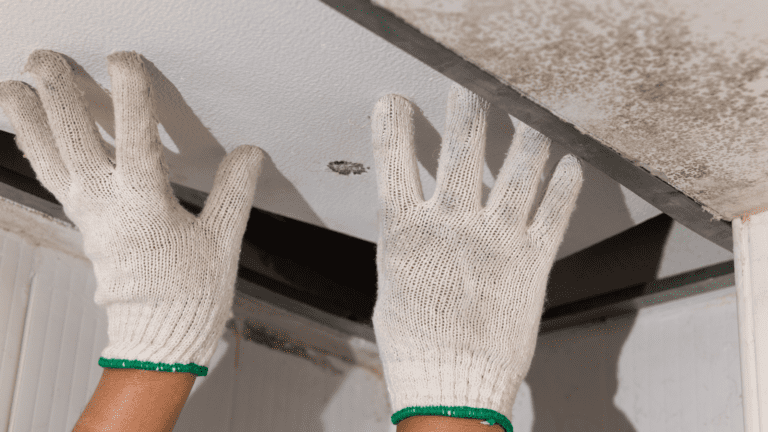How Housing Has Evolved From Early Humanity to Now
Housing has been a necessary part of human life since the beginning. It has evolved over time to meet the changing needs of people. Today, there are many different types of housing, from traditional houses to apartments and even tiny homes. Keep reading to learn more about how housing has evolved from early humanity to now.
Cave Housing

Cave housing is a form of housing that has been used by early humans. Caves were often used as shelter from the weather and animals. They were also used as a place to store food and tools. Cave housing is still used in some parts of the world today.
Nomadic Camping
Nomadic camping is a type of housing that was used in early humanity. This type of housing is a short-lived transition in housing methods because it is not very sustainable and does not provide many benefits for the people who live in it. Nomadic camping involves traveling from place to place with your belongings and living in tents or other temporary shelters. This type of housing was used by early humans because they did not have permanent dwellings and needed to move around frequently to find food and other resources.
Homes in the 1900s
In the 1900s, contractors began to use aluminum for exterior siding. The development of new sidings has been a process that has taken place over many years. There have been different materials used to create sidings over the years and each one had its own benefits and drawbacks. The most common type of siding found in homes today is vinyl siding. It is made from PVC (polyvinyl chloride) which is a durable plastic. Vinyl siding is also water resistant and does not rot, making it a good choice for homes located in climates with severe weather conditions. If you’re looking for new siding, there are plenty of contractors available.
Prefabricated Homes

Prefabricated homes are homes that are built in a factory before being delivered to the construction site. This process allows for a faster and more affordable option for home construction. The prefabricated home industry has boomed in recent years as people have become more interested in buying homes. There are many benefits to choosing a prefabricated home over a traditional home build. The main benefit of using a prefabricated home is that it is much faster to construct than a traditional home build. A traditional home build can take months or even years, while most prefabricated homes can be assembled in just days or weeks. This speedy construction means less time spent on-site and less disruption to your daily life. Prefabricated homes are also more affordable than traditional homes. This is because the majority of the work is done in a factory, where costs are lower than on-site construction costs. In addition, there is usually less waste associated with prefabricated homes, since all the materials are cut and measured precisely in advance. There are some drawbacks to using prefabricated homes, however. One downside is that you may not have as much control over the final product as you would with a traditional home build. Another potential issue is that not all prefabricated homes meet local building codes, so you may need to do some additional customization once the house arrives at your site. Overall, though, prefabricated homes offer many advantages over traditional builds and are becoming an increasingly popular choice for homeowners worldwide.
Housing has evolved over several centuries. For example, Denisovan is a paleolithic archaeological site in the Altai Mountains of Siberia, Russia. The site was discovered by Russian archaeologists in 1976 and excavated from 1978 to 1981. The Denisovans lived in caves at the time, along with Neanderthals. Today, modern construction involves materials like drywall, siding, and cement. Housing also includes advancements like indoor plumbing, centralized air, and electricity.
Overall, housing has evolved greatly from early humanity to now. This has impacted both how humanity interacts with their environment and how societies are structured. While there have been many changes, both good and bad, throughout this process, the importance of housing can hardly be overstated.









